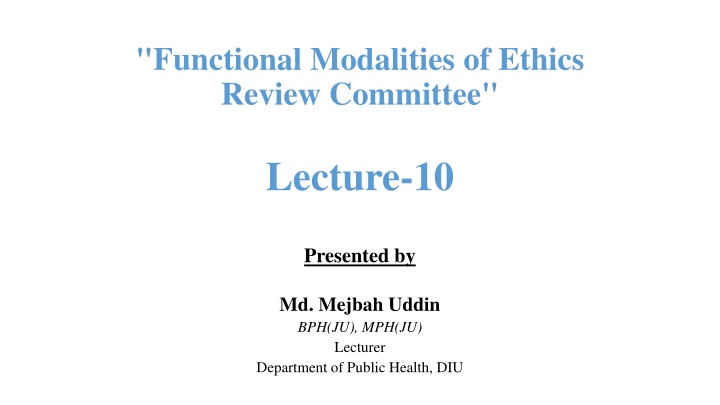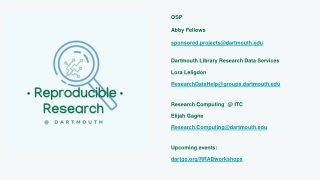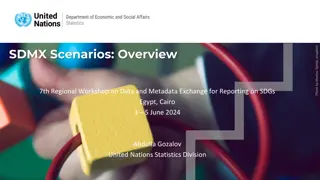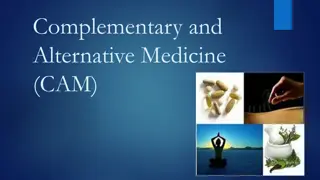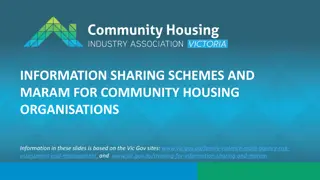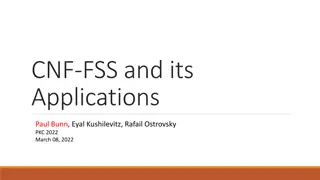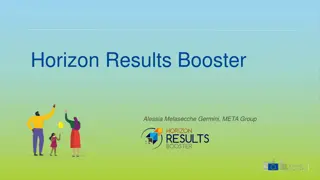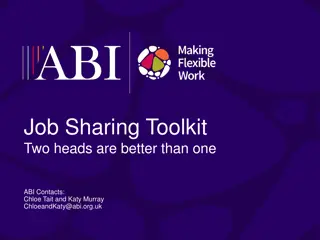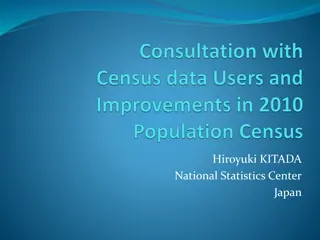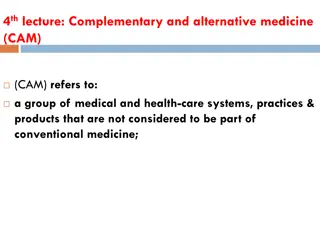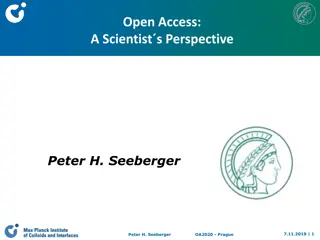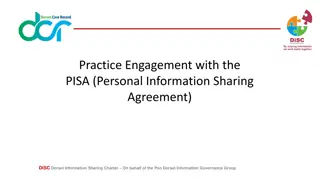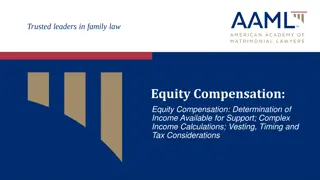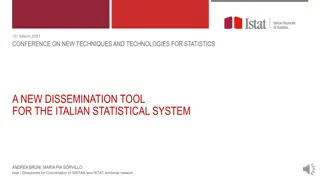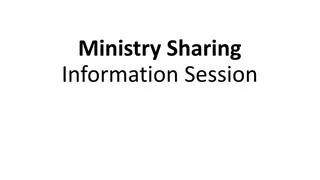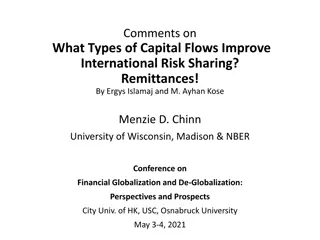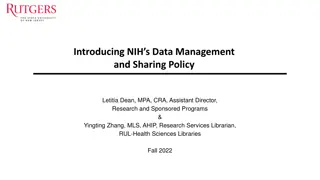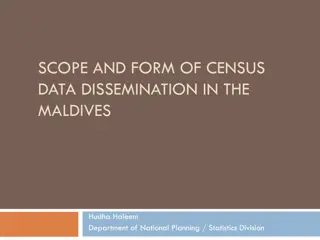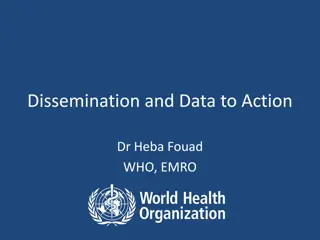Alternative Dissemination Methods for Research Sharing
This content discusses alternative and standard dissemination methods for sharing research findings, exploring creative approaches, and the significance of new knowledge contribution in research training and work. It highlights the importance of engaging in diverse forms of dissemination to support better research outcomes, emphasizing the role of language and linguistics in expanding research horizons. The text also delves into the challenges and opportunities in research dissemination, providing insights into effective training strategies and career planning for academics.
Download Presentation

Please find below an Image/Link to download the presentation.
The content on the website is provided AS IS for your information and personal use only. It may not be sold, licensed, or shared on other websites without obtaining consent from the author.If you encounter any issues during the download, it is possible that the publisher has removed the file from their server.
You are allowed to download the files provided on this website for personal or commercial use, subject to the condition that they are used lawfully. All files are the property of their respective owners.
The content on the website is provided AS IS for your information and personal use only. It may not be sold, licensed, or shared on other websites without obtaining consent from the author.
E N D
Presentation Transcript
"Functional Modalities of Ethics Review Committee" Lecture-10 Presented by Md. Mejbah Uddin BPH(JU), MPH(JU) Lecturer Department of Public Health, DIU
Composition of the ERC Multidisciplinary Membership: Includes medical professionals, scientists, ethicists, legal experts, social scientists, and laypersons. Gender and cultural diversity is essential for inclusivity. Training: Members must be trained in bioethics, research methodology, and guidelines like the Declaration of Helsinki.
Standard Operating Procedures (SOPs) Define the objectives, scope, and principles of the ERC. Cover processes for protocol submission, review, decision-making, and follow-up. Regularly updated to reflect changes in ethical guidelines or regulations.
Submission of Research Protocols Requirements: Comprehensive protocol, informed consent forms, investigator credentials, funding sources, and potential conflicts of interest. Screening Process: Initial review for completeness before detailed ethical evaluation.
Ethical Review Process Types of Review: Full Board Review: Conducted for studies with high ethical complexity, high risk, or vulnerable populations. Expedited Review: For minimal-risk studies (e.g., surveys without sensitive topics). Exempt Review: For research with negligible risk (e.g., publicly available data).
Criteria for Review: Scientific Validity: Research must be scientifically sound to justify participant involvement. Risk-Benefit Assessment: Ensures potential benefits outweigh risks. Informed Consent: Assesses clarity, voluntariness, and adequacy of the consent process. Protection of Vulnerable Populations: Includes children, pregnant women, disabled individuals, and economically disadvantaged groups. Confidentiality and Privacy: Mechanisms for data protection and participant anonymity.
Decision-Making Consensus-Based: Aiming for unanimous agreement, but voting may be used. Possible Outcomes: Approved, conditionally approved (pending revisions), deferred (more information needed), or rejected.
Monitoring and Follow-Up Periodic Reviews: Scheduled based on the level of risk (e.g., quarterly for high-risk studies). Progress Reports: Investigators must submit regular updates. Adverse Event Reporting: Immediate reporting and review of serious adverse events (SAEs). Site Visits: For high-risk or sensitive studies to ensure compliance.
Handling of Complaints Participant Complaints: Mechanisms to address ethical concerns raised by participants. Whistleblowers: Protection for those reporting ethical violations.
Documentation and Archiving Records Kept: Protocols, decisions, meeting minutes, correspondence, and follow-up actions. Duration: Typically archived for 5 15 years, depending on institutional policies.
Transparency and Accountability Reporting: Publicly accessible annual reports summarizing activities. Conflict of Interest Disclosure: Members must disclose personal or professional interests in reviewed projects.
Regulatory and Ethical Framework Compliance with: International Guidelines: Declaration of Helsinki, CIOMS Guidelines, Belmont Report, etc. National Guidelines:Adapted to local legal and cultural contexts.
Quality Assurance and Capacity Building Audits: Periodic internal and external evaluations of ERC performance. Training Programs: Continuous education for members to keep updated on evolving ethical standards.
Collaboration and Networking Collaboration and Networking Interaction with other ERCs, national ethics boards, and international ethics bodies to exchange knowledge and improve practices.
Challenges and Resolutions Challenges: Limited resources, conflict of interest, cultural barriers, and balancing rapid reviews in emergencies. Resolutions: Capacity building, ethical guidelines contextualization, and technology adoption for faster reviews.
